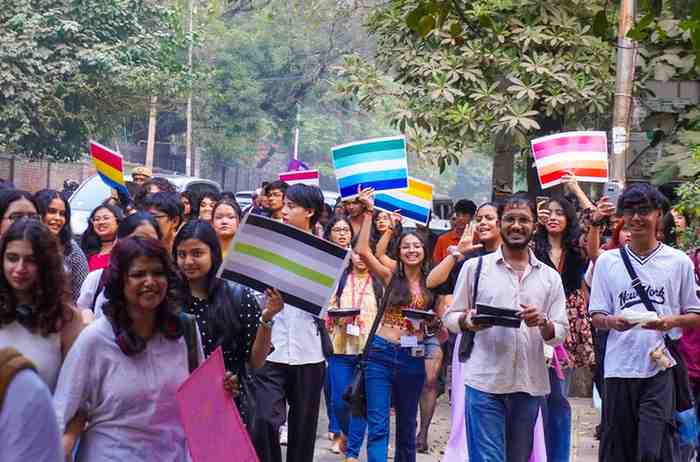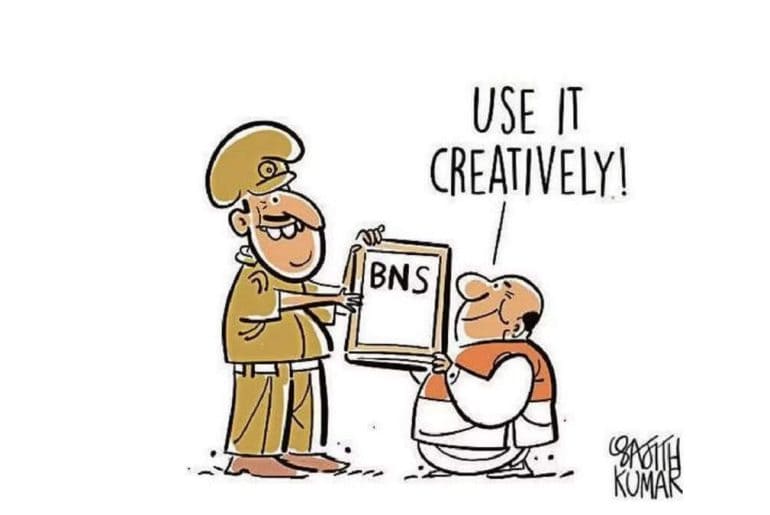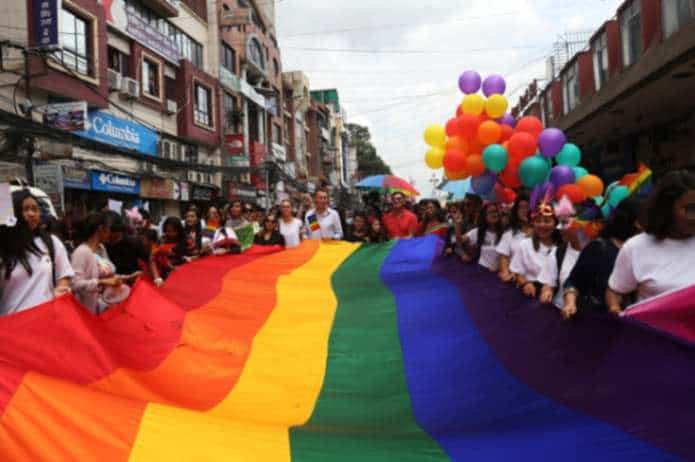Indian society holds one of the richest cultural heritage in the world. Its diverse cultures and traditions have often provided comfort and hope to people during challenging times, but visiting a temple is still a far-fetched dream for some marginalised groups. The queer community stands at the crossroads when tasked with defining their religion with the almighty. They either wander on the outskirts, hoping to get validated someday, or find peace through different channels by connecting themselves to a higher energy.
The word, ‘religion,’ has been defined by many great scholars and saints through different interpretations. Many have termed it a medium of connecting to a greater power while others have often termed it a ‘way of living.’ People attempt to define the word ‘religion’ to cater to their needs and wants. I had the privilege of growing up under the city lights of New Delhi. The state offers to mingle with a diverse crowd, coming from different sects and henceforth I got to learn a lot about different cultures and traditions, as New Delhi’s diversity helped me mould my thoughts and opinions. At the same time, I had the opportunity to explore and express my own emotional understanding of the word ‘religion.’ However, not everyone has the freedom to reflect on their feelings and beliefs about spirituality. One community that often faces significant barriers in this regard is the LGBTQIA+ community.
There are lakhs of people who go through this every day. These are not your conventional girls or boys, but rather people who did not fit into the society, as per the set standards by the society. The word, ‘Queer,’ technically means strange or odd, but the word has been taken too literally in the present era, and the orthodox mindset is to be blamed. Don’t worry, this is not your-friendly-neighbourhood-LGBTQIA-support-digest, rather today I want to talk about something else, queer people and their relationship with God. Almost all our religious scriptures come down to one conclusion, the path of spirituality, knowing your god and traditions helps oneself in obtaining self-actualization and relief from a world full of endless desires, but in a not-so-colorful world, it means something else for people, especially who didn’t fit into the right shapes and sizes of the Indian society.
Picture this, a queer man is considered an outcast in his class full of ideal masculine men and shy and tender women, so he sits near the college garden alone when the rest of the batch is busy playing sports games or going out to clubbing. For him, his college garden is his haven as it provides him with a safe space, something that all worshippers look for when they seek shelter under their god, which is their strong belief system. While he had always feared asking the question, What exactly is god? Who is a god? What does he do? He is afraid that other people may not end up liking him if he asks this, or does he even have a right to ask such questions considering he is supposed to be an ideal man, who should love his ideal wife but on the contrary, he doesn’t understand why god or this supernatural energy wired him up into liking men, which is something he did not see much growing up. But he has a firm belief that a higher, supernatural form of energy exists, which is omnipresent and is always there to protect him when he is in trouble.
We live in a society shaped by social conditioning, where, from the moment we are born, we are taught what is considered right and wrong. As we grow, this conditioning often prevents us from recognizing and accepting that differences can exist—and that they are valid. Festivals like Diwali, Eid, and Gurupurab provide opportunities for people to connect, celebrate, and find comfort in their beliefs and faith. However, members of the queer community are often excluded from these spaces of celebration and belonging. As a result, many queer individuals embark on a personal journey to define and connect with their own sense of spirituality and relationship with the divine.: –
I have been practicing a particular sect of Hinduism- the one that deals with Radha Krishna’s bhakti- for over twelve years of my life. The reason why I have always felt safe was because Vrindavan has been a very inviting place, especially for the queer folks. The beautiful thing about bhakti is that the binaries of the sexes get broken down because, at the end of the day, you’re just a maid-servant of Radharani: your sexed body, and your gendered self, both are reduced to a sort of femininity. We all need God, or some cosmic “thing” when we’re going through the most distressing times in our lives. I found my comfort in “Why am I like this” in this spiritual sense of being an eternal maid-servant, who has been assigned a particular body in this life.
Unfortunately, even after being at peace with myself and my identity, I always knew that even though a particular sect of Hinduism is welcoming to me, the religion in general still does consider homosexuality to be sinful. This stands true about all religions. A deeper introspection and critical analysis helped me to realize that if there was God, they would not be unfair to anyone, let alone queer people. Identities don’t exist in a vacuum.
– Anonymous (A student from Kirori Mal College)
These journeys may become tedious for many who come from conservating families, but the colours of explorations remain the same: –
I come from a conservative, Muslim family, where a bisexual man is viewed from a lens of sin and wrongfulness. People often find it surprising that I offer my namaz daily, even being a bisexual man, and not practicing atheism. I firmly believe that my sexuality and religion exist separately, and my god doesn’t judge me based on my sexuality.
– Anonymous (A student from Kirori Mal College)
I grew up in a Hindu-Sikh family, which was heavily involved in traditional practices like charity and idol worship. But my belief in this higher form of energy has evolved through ‘karma,’ that something good has happened to me because of my action
– Saanvi Manchanda (Maitreyi College for Women)
Religion is one of the mediums through which individuals find a pathway to connect with their god. What exactly is a ‘god,’ is something that should be subjectively answered by different believers. While there is no harm in idol worship or following a particular deity but many queer people out there, stem their courage through nature or epics like Ramayana and Mahabharata, from which they can relate and learn stories about being righteous and courageous. Therefore, the answer to the question of how exactly ‘you’ identify your relationship with god, should solely rest upon ‘you.’
Read also: Miles to go before we sleep
Featured image: SCOUT Magazine
Samwardhan Tiwari




